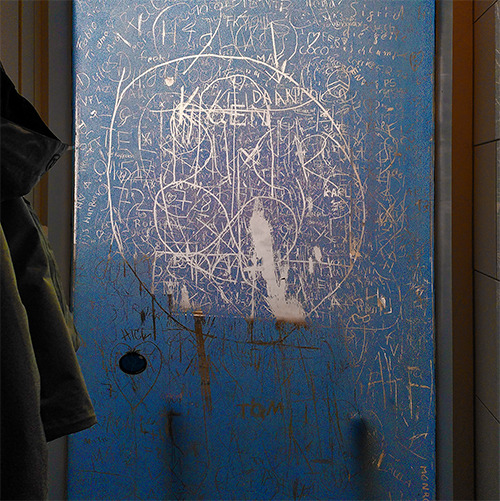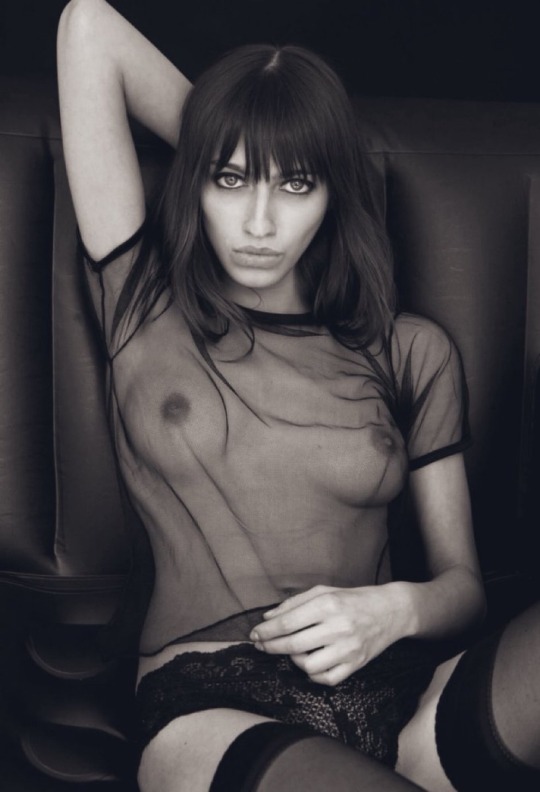#transparencies
Text

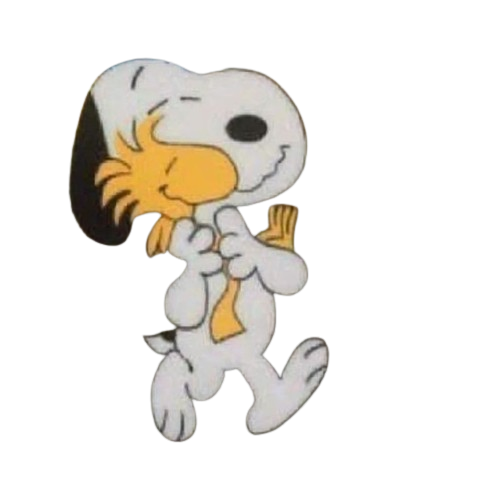






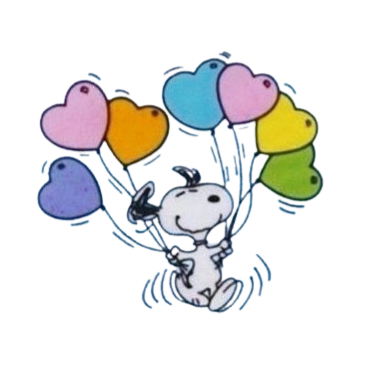
snoopy pngs!
#pngs#moodboard pngs#png#carrd moodboard#moodboard png#transparent#transparencies#transparent pngs#transparent png#aesthetic pngs#aesthetic png#my pngs#my png#carrd#carrd pngs#carrd resources#moodboard#snoopy#snoopy peanuts#peanuts#aesthetic#cute
9K notes
·
View notes
Text

Untitled (Perfect Man), George Schwarz, 1974
129 notes
·
View notes
Text


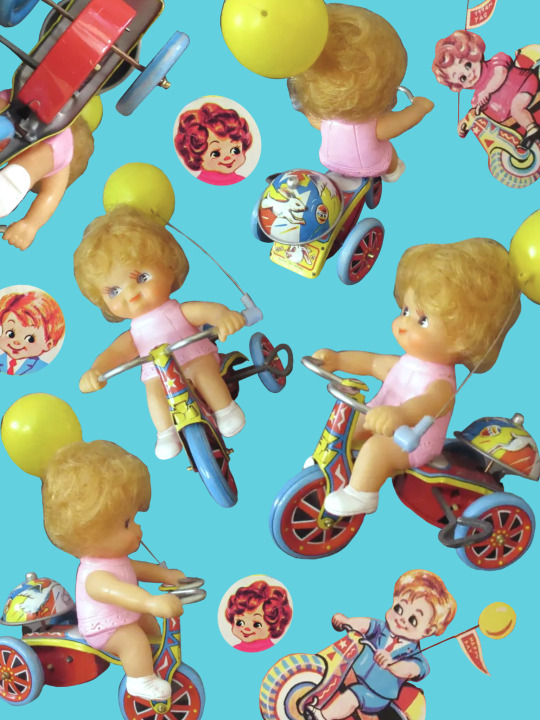
Toy collages. Feel free to use them as phone wallpapers!
#transparent#png#toycore#art#cute#kidcore#lenormand#png posting#kawaii#png art#toys#transparencies#artists on tumblr#clip art deck#etc deck#vintage#artist#garfield#png artist#sanrio#wallpaper
493 notes
·
View notes
Text


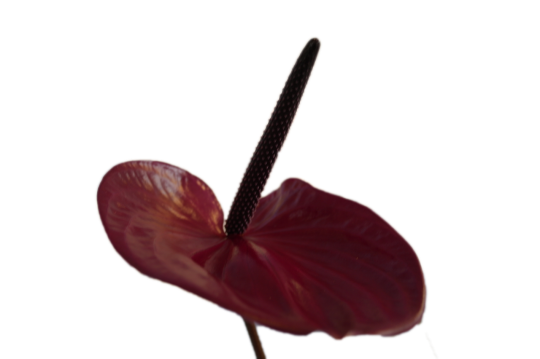

Transparent Anthuriums
#flowercore#anthurium#flowers#naturecore#nature aesthetic#softcore#transparencies#transparent flowers#transparent#flower pngs#pngs
37 notes
·
View notes
Text

Francis Picabia (French, 1879-1953) • La Bête Jaune (The Yellow Beast) • 1927/28 • Ink, watercolor, and pencil on board • Museum of Modern Art, New York City
Look carefully!
This is an example of a technique Picabia developed c. 1928 and c. 1931, which he called "transparencies". It involved layering transluscent images to form a series of optical illusions.
Sources: Tate Britain, Museum of Modern Art (MoMA)
20 notes
·
View notes
Text
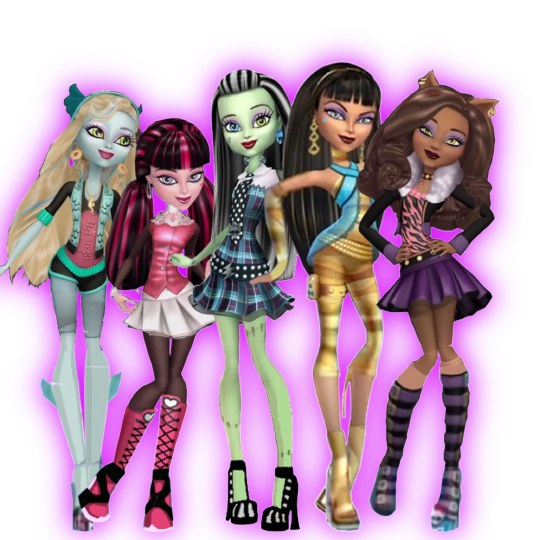
#lupineheart#goth blog#goth#gothic#goth aesthetic#dark#edits#my edits#monster high#PNGs#png#transparencies#transparent
40 notes
·
View notes
Text
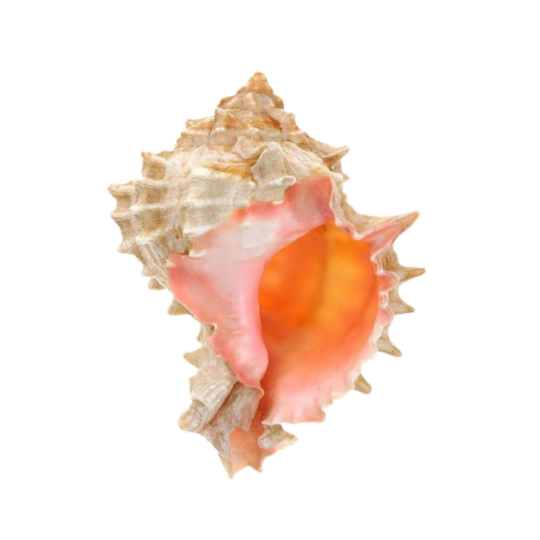
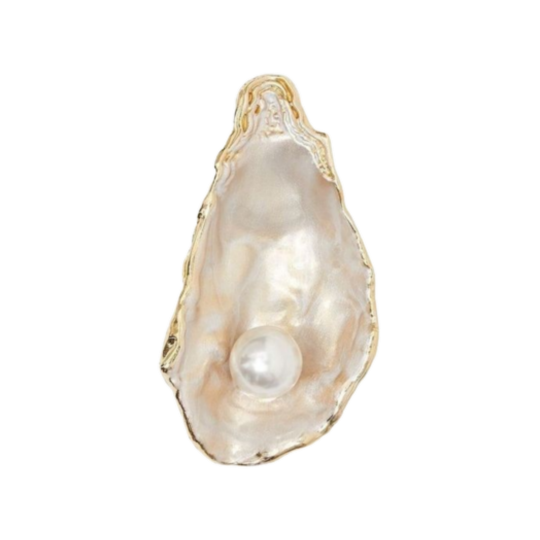
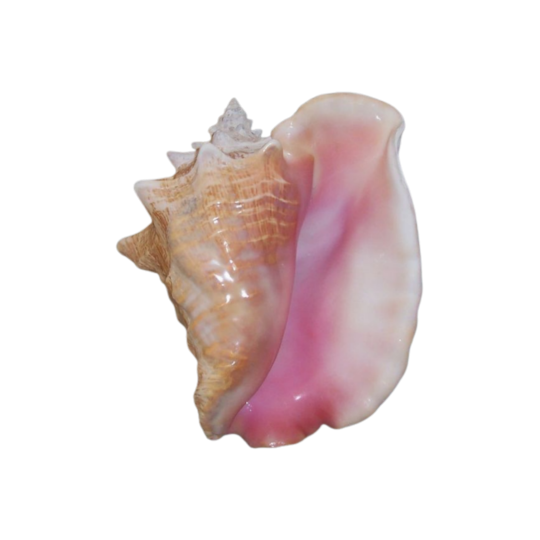
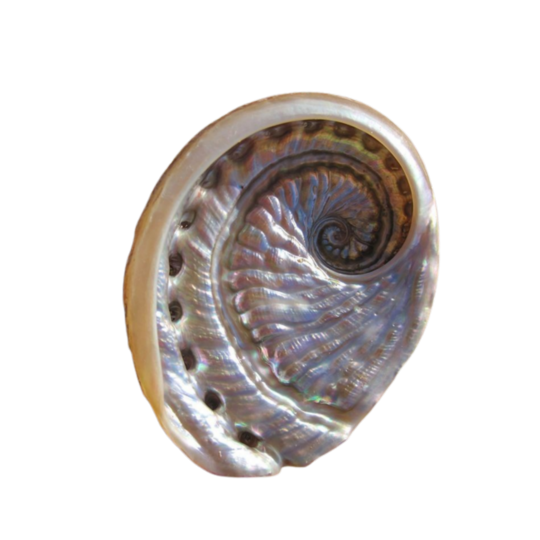


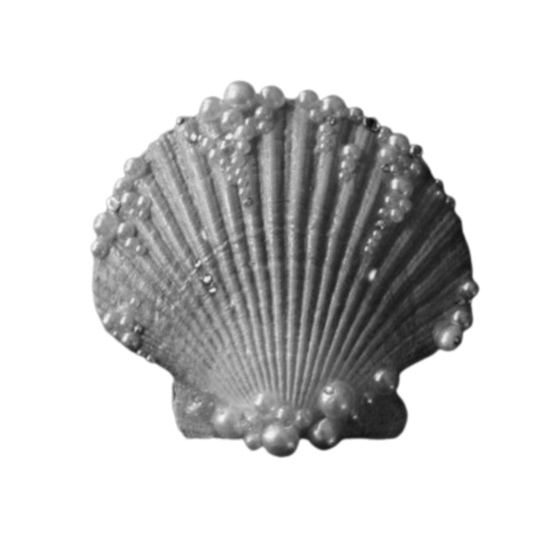
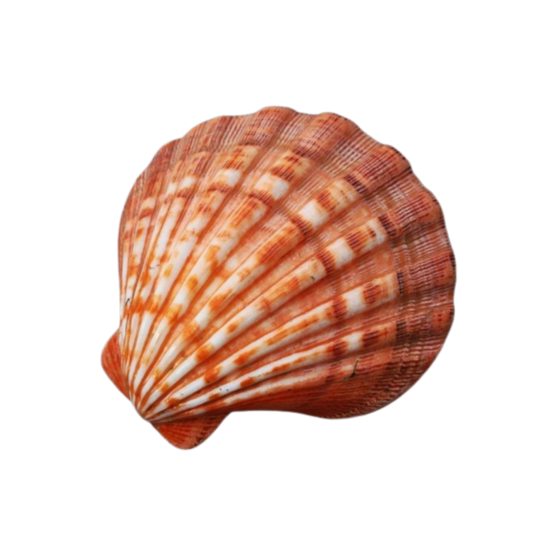

🐚 seashells pngs!!
#pngs#png#moodboard pngs#moodboard png#transparent#transparencies#transparent pngs#transparent png#aesthetic pngs#aesthetic png#my pngs#my png#sea#seashell#shells#aesthetic#moodboard
6K notes
·
View notes
Text
Sur la plage par Frères Lumière

Frères Lumière :: Sur la plage. A daring photograph for its time of a woman in a see-through dress on a beach. France, 1907-1915. | src Alamy
View more on WordPress
#Lumiere brothers#autochrome#additive color screen plate#early autochrome#early color photography#early color#early colour#Frères Lumière#headscarf#Louis Lumière#oval view#risque#sheer fabric#translucent dress#1910s#1900s#transparencies#autokrom#Auguste Lumière#transparent dress#autochrom#autochrome lumière
213 notes
·
View notes
Text

6. Clouds
423 notes
·
View notes
Text

#yellow flowers#pngs#flower png#transparencies#flowercore#yellowcore#my picture and edit#yellow aes#yellow aesthetic#naturecore#transparentfiles#png flower
8 notes
·
View notes
Text
Okay, so, the way you get the image from the computer onto the screen, is first you print out a black image onto a transparency, and then you shine a light through the transparency on to the screen which has been coated in a photographic Elmer's glue. (NOT literally Elmer's). Now what happens is the part the light hits hardens, and the parts covered by the image stay soft. Then you rinse it off, and you have a screen printing stencil! While the toner transparency from the FedEx copy shop can get the job done, it is overall not dark enough for the best quality. Working with them is sustainable, but it can be tricky or iffy. Most times what works is you underexpose the screen and then very carefully rinse out the image(as opposed to a pressure washer) and expose it again to make the remaining emulsion hardened further.
The best film positives are made with a UV blocking ink with an inkjet printer. So you get some empty ink cartridges from wherever, any order some bulk black ink from a supplier, I used inkowl.com for the cartridges and the ink, although I theoretically could have paid less for the cartridges, their ink prices were great. From what I can tell, even the dirt cheap ones from AliExpress work fine.
Used Cannon PIXMA ix6820: $120, shipped
Empty carts: $30
UV Ink jug $35
100 13x19 transparencies : $60-$80
I use paint.net to make my designs, so no need for expensive "rip" software. Which for some reason, supposedly lets you use "all the ink carts" to print for supposedly "the darkest" and also vectorizes images. It also seems to cost $200 a year? I think basically you throw money at it and it does all the file and printer setting optimization stuff for you?You don't need that shit. Nor do you need the $1000 "kit".
Anyways, the point is I, and probably most people, didn't anticipate a step of the screen printing process to include
"you must make a big printer GOTH AS FUCK"
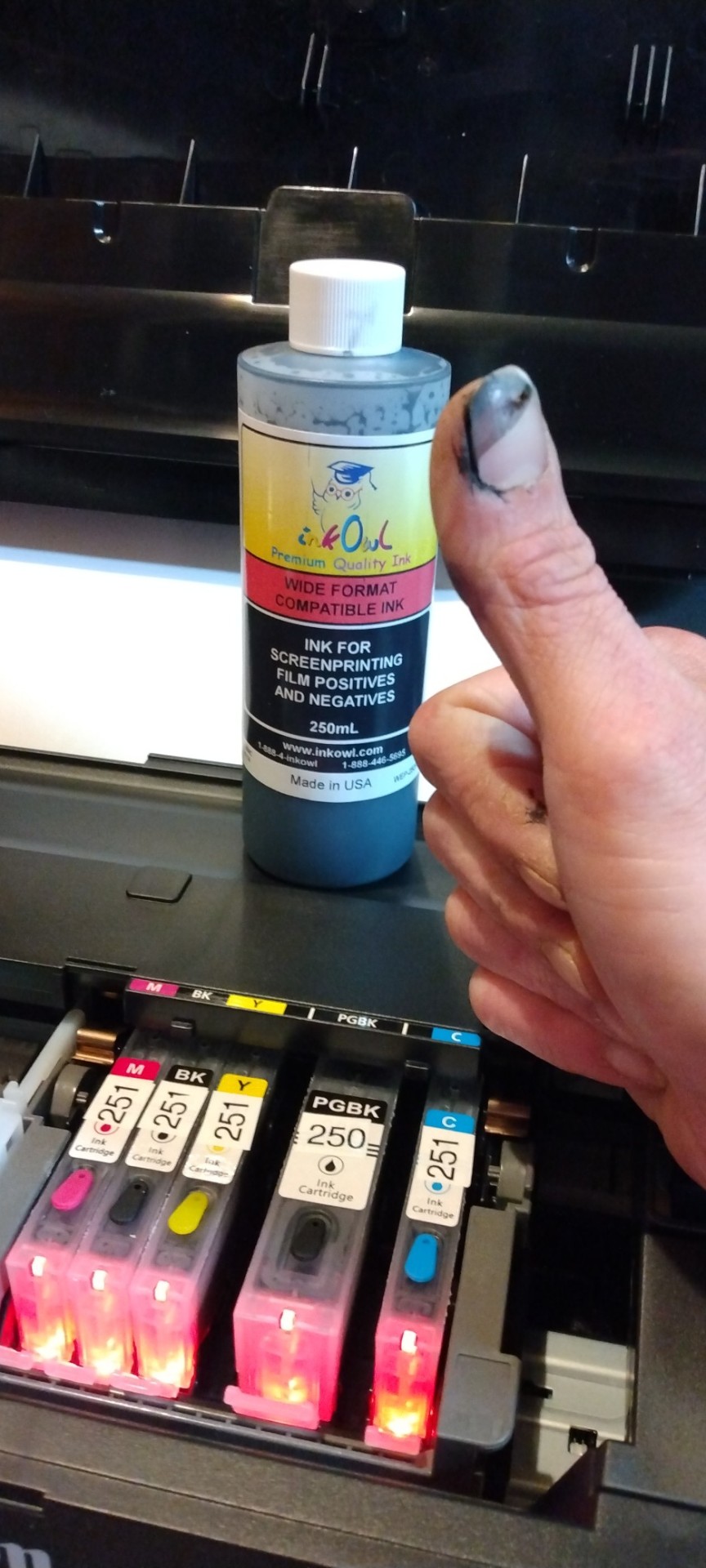
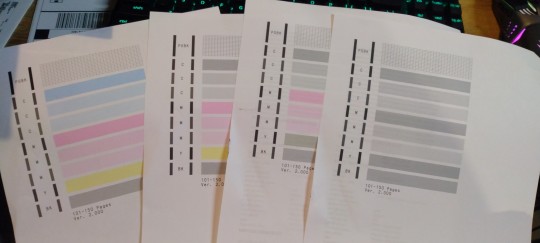
The transparencies are so dark, it makes me do E-40 impressions.
#diy#screen printing#transparencies#film positives#goth#printer#ix6800#graphics#brown observable phenomena
23 notes
·
View notes

